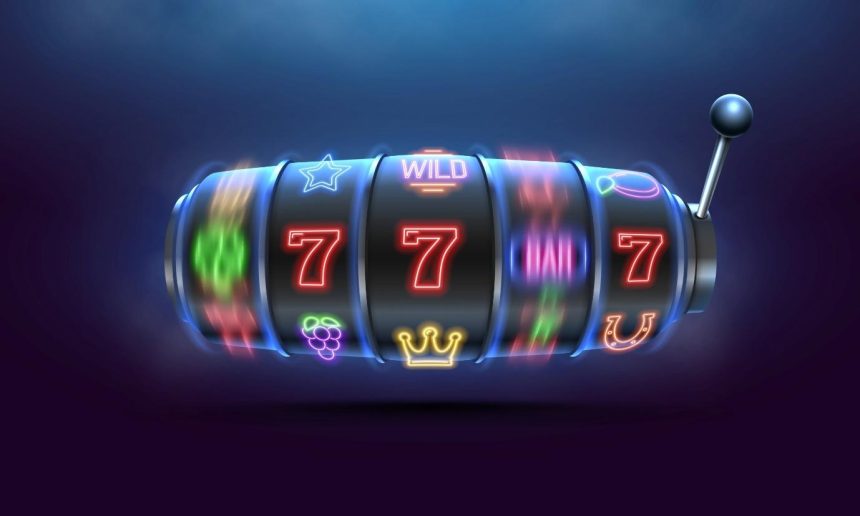When choosing a slot game, volatility is one of the most important things to consider. It affects how a game performs over time, particularly when it comes to payout frequency and size. Whether you’re drawn to a game by its features, mechanics, or online slot themes, the volatility level will largely shape your gameplay.
Some players love high volatility Slots for their potential to deliver big wins. Others prefer the steadier payout patterns of low volatility games. So, is one actually better than the other? It depends entirely on your priorities and risk tolerance.
What is volatility in slot games?
Volatility (also called variance) refers to the risk level built into a slot game. It determines how often a game pays out and how large those wins might be. It’s important to know that volatility doesn’t affect the Return to Player (RTP) percentage — two games can have identical RTP but behave completely differently in terms of volatility.
High volatility Slots pay out less frequently, but when they do, the wins have the potential to be much larger. These games often have higher maximum win potential and more complex bonus rounds.
Low volatility Slots pay out smaller amounts more regularly. They’re popular with players who prefer a steady balance and shorter sessions without massive swings.
No matter which you choose, a win is never guaranteed, as the Random Number Generator (RNG) software keeps outcomes random and unpredictable.
High vs low volatility: what’s the difference?
High volatility Slots might go dozens or even hundreds of spins without paying out much, but they can deliver substantial wins when bonus features trigger or high-value symbols align. They’re riskier and usually more appropriate for players with a bigger allocated bankroll.
Low volatility Slots have the potential to give you more frequent small wins. You’re less likely to hit huge payouts, but you could see more regular returns that can extend your playing time without needing a large budget.
Medium volatility Slots sit somewhere in between, offering a mix of moderate win sizes and reasonable frequency. They’re a solid choice if you’re not sure which extreme suits you or if you want more balanced gameplay.
Volatility doesn’t affect fairness
Regardless of volatility level, all regulated Slots use a RNG which ensures outcomes are fair and unpredictable. Whether a slot pays out constantly or rarely, each spin is independent and unaffected by previous results.
Volatility is just a structural feature built into the game — it’s not a signal of whether the slot is more or less fair. Licensed games are tested to ensure they meet strict standards set by gambling authorities.
Which one’s better?
Whether high volatility Slots are better than low volatility ones depends on what you want from a game. If you’re aiming for the potential of a significant win and you’re comfortable with higher risk, high volatility might suit you. If you’d rather have a steadier, more manageable session with fewer fluctuations, low volatility is probably more appropriate.
As you browse through online slot themes, pay attention to the volatility rating (where it’s provided), alongside RTP and bonus mechanics. Making informed choices based on these technical aspects — rather than just the design — helps you pick games that match your playing style and expectations.
Lynn Martelli is an editor at Readability. She received her MFA in Creative Writing from Antioch University and has worked as an editor for over 10 years. Lynn has edited a wide variety of books, including fiction, non-fiction, memoirs, and more. In her free time, Lynn enjoys reading, writing, and spending time with her family and friends.















